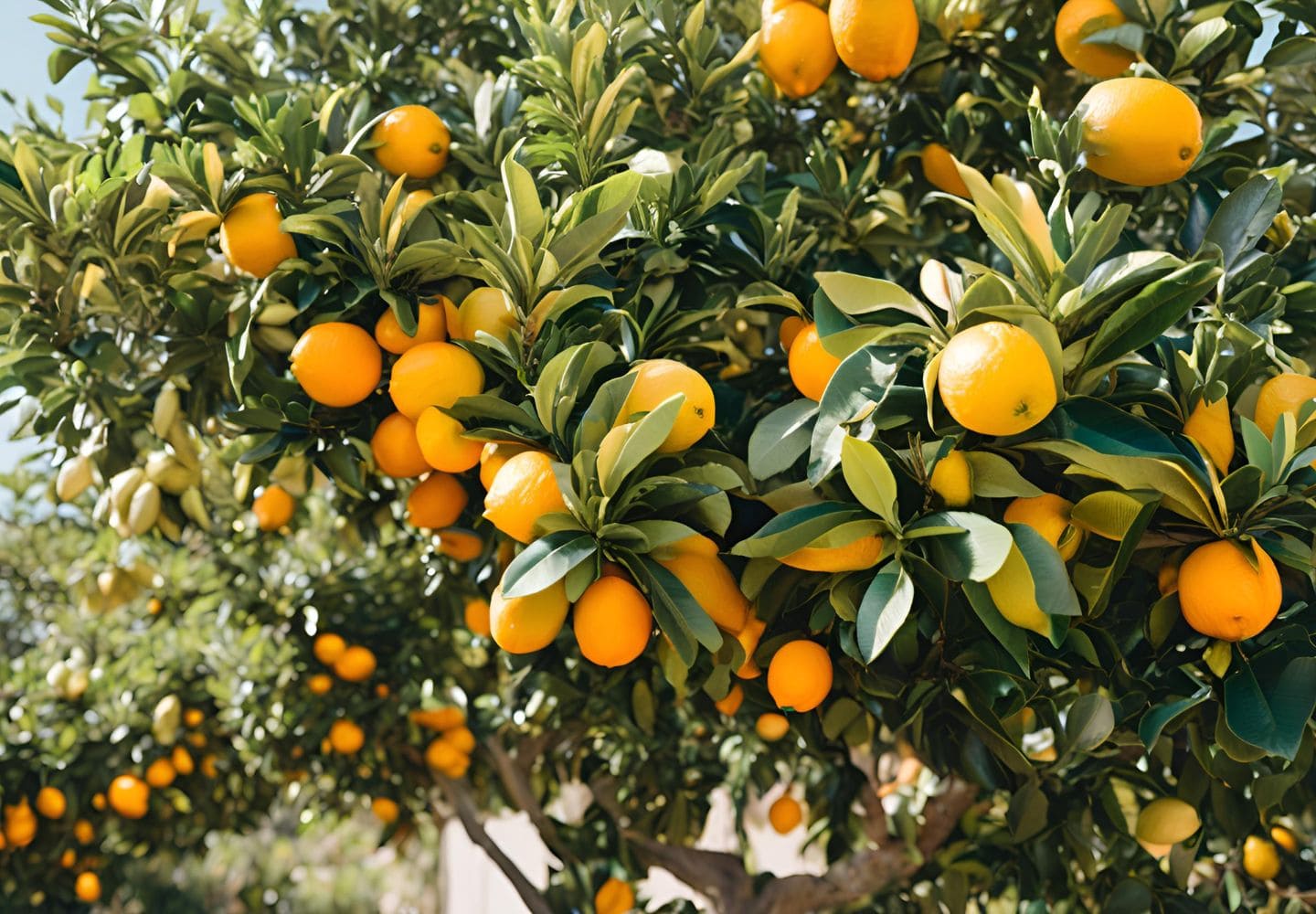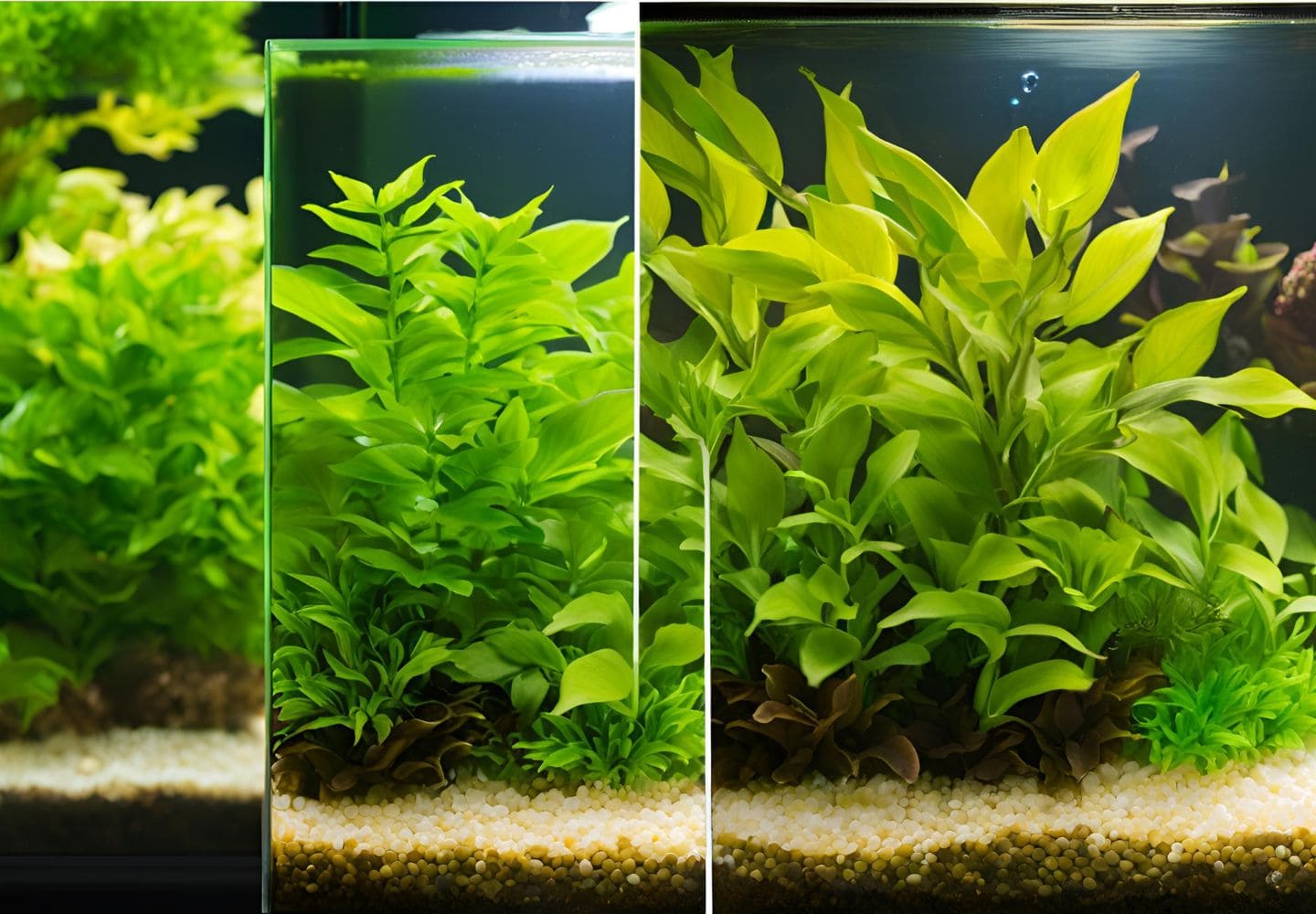
Crocodile Ferns, scientifically known as Microsorum musifolium, are distinctive houseplants native to tropical regions of Asia. Named for their crocodile-like textured fronds, these ferns have a unique appearance with leathery, dark green leaves that are intricately patterned.
They thrive in indirect light and high humidity, making them ideal for bathrooms or conservatories.
Crocodile Ferns are low-maintenance, requiring only occasional watering and well-draining soil.
Their striking foliage adds a touch of the exotic to indoor spaces, and they can be grown as part of a terrarium or on a moss pole for a more dramatic effect.
How can you get the seeds of Crocodile Ferns
To obtain Crocodile Fern seeds, check with specialty plant nurseries or online retailers that offer fern seeds. You can also join plant enthusiast groups or forums where members might trade or sell seeds. Additionally, some botanical gardens or plant shows might offer seeds for sale or provide information on sourcing them.
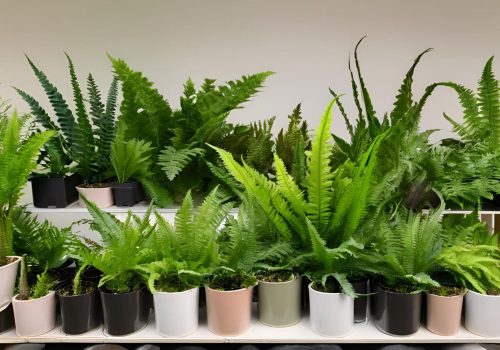
Best pot selection For Crocodile Ferns
For Crocodile Ferns, choose pots with good drainage to prevent waterlogging. Opt for a slightly larger pot with ample airflow, such as one with drainage holes or a mesh bottom. Terra cotta pots are ideal as they absorb excess moisture, while plastic or ceramic pots with drainage holes also work well. Ensure the pot size allows for healthy root growth.
Choosing the Right Soil
- Choosing the right soil for Crocodile Ferns is crucial for their health and growth.
- They prefer a well-draining, airy substrate to prevent root rot.
- A mix of peat moss, pine bark, and perlite provides excellent drainage and aeration.
- You can also use a commercial potting mix designed for ferns, which often contains the right components.
- Avoid heavy, clayey soils that retain too much moisture.
- Adding organic matter, like compost, can enhance soil fertility.
- Regularly check soil moisture, keeping it consistently damp but not soggy.
- This ensures the fern’s roots receive adequate oxygen and nutrients for optimal growth.
Optimal Light Conditions
Crocodile Ferns thrive in bright, indirect light. Place them near a window with filtered sunlight to mimic their natural understory habitat. Direct sunlight can scorch their leaves, so avoid placing them in full sun. They can tolerate lower light conditions but may grow more slowly. Ensure the fern receives consistent, gentle light to maintain vibrant foliage and overall health. In low light environments, consider using grow lights to supplement their light needs.
Watering Guides Of Crocodile Ferns
Water Crocodile Ferns when the top inch of soil feels dry. They prefer consistently moist soil but dislike waterlogging, so ensure proper drainage. Use room-temperature water and avoid letting the plant sit in standing water. In low humidity environments, mist the fern regularly or place it on a humidity tray to maintain moisture levels. Adjust watering frequency based on seasonal changes and indoor conditions.
Fertilizing Crocodile Ferns
- Fertilizing Crocodile Ferns requires careful attention to avoid overfeeding.
- Use a balanced, water-soluble fertilizer diluted to half strength, applied every 6-8 weeks during the growing season (spring and summer).
- Avoid fertilizing in fall and winter when the fern’s growth slows. Over-fertilizing can lead to salt buildup and root damage, so it’s better to underfeed than overfeed.
- Do not use high-phosphorus or high-nitrogen fertilizers, as they can harm the delicate roots.
- Always water the fern before applying fertilizer to minimize the risk of root burn.
- Regularly flush the soil with water to prevent nutrient accumulation.
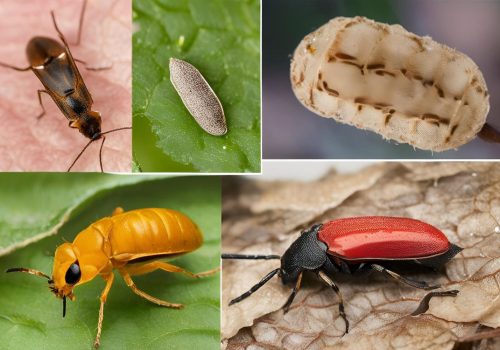
Common Pests and Diseases
Crocodile Ferns can be susceptible to common pests like spider mites, aphids, and scale insects. Regularly inspect the leaves for signs of infestation, such as webbing, sticky residue, or discolored spots. Treat infestations with insecticidal soap or neem oil. Diseases like root rot can occur due to overwatering or poor drainage. Ensure proper watering practices and good airflow to prevent fungal infections. Yellowing leaves or stunted growth may indicate problems; address them promptly to maintain fern health.
Prune and Trim
Pruning and trimming your Crocodile Fern helps maintain its shape and health. Use sharp, sterilized scissors to remove any dead or yellowing fronds at their base. Regularly trimming damaged or old fronds encourages new growth and improves airflow around the plant. Avoid cutting healthy fronds unless they’re overcrowded. Prune sparingly during the growing season (spring and summer) and less frequently in the dormant period (fall and winter). Always clean your tools before and after use to prevent disease spread.
Troubleshooting Common Problems Of Crocodile Ferns
Common problems with Crocodile Ferns include yellowing leaves, often due to overwatering or poor drainage, and brown leaf tips from low humidity or underwatering. Ensure the soil stays moist but not soggy and increase humidity levels if necessary. Pests like spider mites can be managed with insecticidal soap. Poor growth might indicate insufficient light or nutrient deficiencies; provide bright, indirect light and a balanced fertilizer during the growing season.
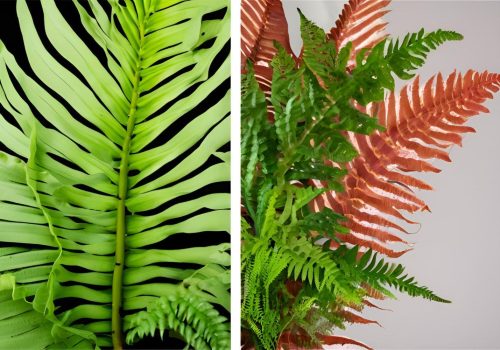
Indoor vs. Outdoor Crocodile Fern Care
Crocodile Ferns can thrive both indoors and outdoors with proper care. Indoors, they need bright, indirect light and consistent humidity, making bathrooms or kitchens ideal spots. Regular misting helps maintain moisture. Outdoors, place them in shaded areas to avoid direct sunlight. Ensure the soil drains well to prevent root rot. Monitor for pests more closely outdoors. Both environments require regular watering and occasional feeding during the growing season to keep the fern healthy and vibrant. Learn more about indoor planting.
Crocodile Ferns pair well with other moisture-loving, shade-tolerant plants. Ideal companions include ferns like the Maidenhair Fern, and broad-leaved tropicals such as Calatheas, Philodendrons, and Peace Lilies. These plants share similar light and humidity requirements, creating a harmonious indoor jungle. Grouping them together can also help maintain consistent humidity levels, benefiting all the plants. Learn Successful guides for companion planting.
Benefits of Growing Crocodile Ferns in Your Home
Growing Crocodile Ferns in your home offers numerous benefits. Their unique, textured leaves enhance interior aesthetics, creating a tropical vibe. They help improve air quality by filtering toxins and increasing humidity, promoting a healthier living environment. Additionally, Crocodile Ferns are low-maintenance and easy to care for, making them ideal for both novice and experienced plant enthusiasts.
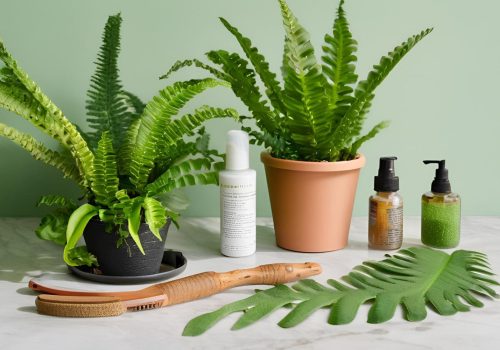
Essential Tools for Crocodile Fern Care
Essential tools for Crocodile Fern care include a pair of sharp, sterilized pruning scissors for trimming dead or damaged fronds. A moisture meter helps monitor soil moisture levels to prevent over or underwatering. Use a spray bottle for misting the fern to maintain humidity. A watering can with a narrow spout ensures precise watering. Fertilizer suitable for ferns, a well-draining potting mix, and pots with drainage holes are also necessary. Regularly cleaning tools prevents disease spread and ensures healthy plant maintenance.
